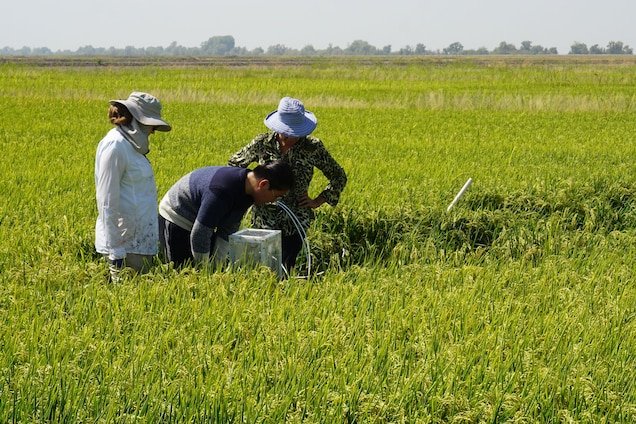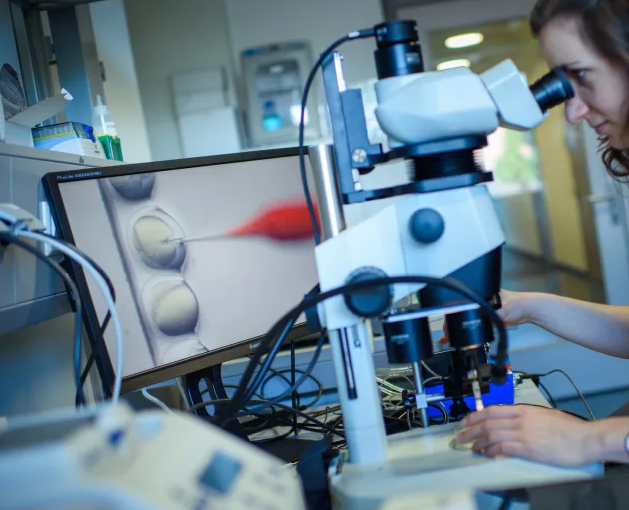To avoid dangerous levels of global warming, scientists say simply stopping burning fossil fuels that release carbon into the air will not be enough. Since it is virtually impossible for humanity to do this as quickly as it is now needed, we will also need to remove the carbon from the air and secure it.

Plants are among the best tools we have for doing this, as these living solar collectors already remove billions of tons of carbon dioxide from the atmosphere each year through photosynthesis. About half of that carbon ends up in the roots and eventually into the soil, where it can remain for hundreds or thousands of years.
But what if we could create plants and soils that are even more capable of capturing carbon? With CRISPR genome editing, a revolutionary new set of molecular biology tools that allow scientists to make quick and accurate changes to the DNA code behind all life, this could be possible.

With an $ 11 million gift from the Chan Zuckerberg Institute, a team of plant geneticists, soil scientists and microbial ecologists have begun to seriously explore the idea and embark on a three-year effort using CRISPR to create new crop varieties that photosynthesize so more efficient and efficient. to bring the carbon to the bottom.
Editing genomes using Clustered Regularly Interspaced Short Palindromic Repeats, or CRISPR, is like molecular scissors that scientists can use to cut and paste the entire genome of an organism without introducing foreign DNA.

Ultimately, the researchers hope to create genetically engineered rice and sorghum seeds that, if planted around the world, could remove more than one billion more tons of carbon from the air every year.
Reference- National Geographic, IPCC Report, PRANS website, Innovative Genomics Institute (IGI) website






